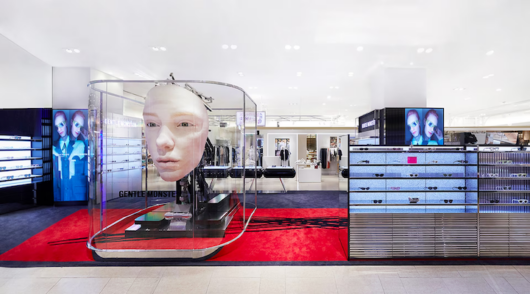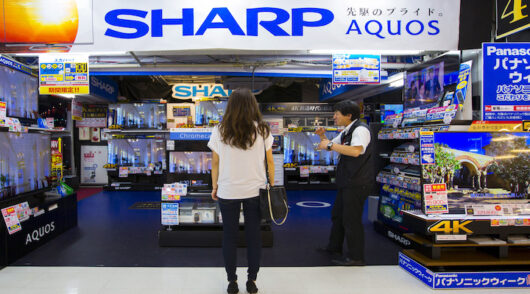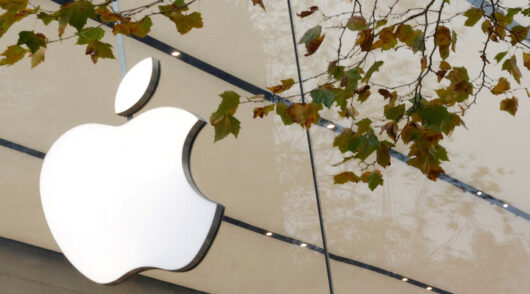The affluent will be a powerful force behind the growth of China’s consumer market and account for five per cent of global consumption by 2020, according to a new report by The Boston Consulting Group (BCG).
With annual household disposable incomes of at least US$20,000, these consumers are set to become an important driver of growth, especially for premium product and service categories.
Today, the affluent are 120 million strong, and their annual buying power is US$590 billion. By 2020, this group will number 280 million – 35 per cent of China’s urban population or 20 per cent of its total population.
Additionally, the annual buying power of the affluent will reach US$3.1 trillion. That will be nearly the equivalent of Japan’s total consumption in 2020, 28 per cent more than Germany’s, and three times more than South Korea’s total consumption.
Businesses that aspire to continued success in China – and in their home markets – need to deepen their understanding of this complex, diverse, and rapidly growing group, the research suggested.
“Reaching the affluent is important not only because of their sheer numbers but also because they have the financial resources and willingness to purchase premium goods and services,” said BCG partner Vincent Lui.
According to BCG’s research, US$20,000 in annual household disposable income (which equates to US$38,000 in developed countries) is an inflection point – the point at which consumers accelerate trading up in the categories that matter most to them.
The categories most poised to grow are those with products and services that are differentiated and those that have higher thresholds for affordability. These categories include cars, overseas travel, and luxury goods such as watches, jewellery, leather, apparel, accessories, skin care, and cosmetics.
“Businesses need to establish lasting relationships with these consumers,” added Jeff Walters, a BCG partner.
China’s affluent consumers have several key attitudes and behaviors that set them apart from the middle class and the super rich. The affluent trade up for emotional gratification. They seek status and recognition. And they are relatively sophisticated, travelling abroad and adopting new brands. Although they are willing to pay more for convenience, they buy with a shrewd ‘investor’s eye’.
The affluent are also a rapidly evolving class. Increasingly, more affluent are living in lower-tier cities, affluent women are becoming key decision makers, affluent men are trading up in new categories, and the ‘veterans’ of affluence are pursuing experiences.
An important subgroup is the ‘sugar generation’ – the children of current affluent consumers. This generation currently accounts for 10 per cent of the affluent class, a number that is expected to grow to 30 per cent in five years. Notably, these young consumers, who have led ‘sugarcoated’ lives, seek out products and brands that set them apart – from their peers and their parents.
“To tap this consumer market, businesses need to continually rethink how they position their brands and how they connect with these evolving consumers – in China and abroad,” said BCG principal Justin Fung.
“Strategies that companies develop for China will help them succeed in their home markets as well,” according to Youchi Kuo, a BCG expert principal.
“Consumers worldwide – including the affluent – are facing economic pressures. By mastering the affluent market in China, which appreciates luxury but is also conscious of value, companies will be better equipped to reach their local affluent consumers,” concluded Kuo.
GB






